Our busy surgery center mainly performs orthopedic procedures and we’ve purchased surgical power tools multiple times. As the facility’s administrator and a physician assistant, I have the unique perspective of handling the tools I’m buying for my surgeons. However, I know that surgeons are the key decision makers. With that in mind, here are some keys to making a smart purchasing decision and giving your surgeons the tools they need to cut, drill, saw and screw into bones of various types and densities.
• Ergonomics. Surgeons can have very particular opinions in terms of how a tool feels in their hands. In my experience, surgeon comfort is where tools can vary greatly. If you buy a power tool surgeons don’t like, they simply won’t use it. Tools vary in weight, how they fit into the surgeon’s hand and how much they vibrate. You need to find out how your surgeons feel about these important factors before making a purchase.
• Power. Many small bone tools are corded, while most large bone tools are battery powered. For battery-powered tools, how long does the battery last on a single charge? Make sure it’s enough to keep the tools operational during high-volume days. Determine if you have a charger for the battery the tool uses or if you’ll need to purchase another charger. Also, what is the typical shelf life of the battery? If the battery dies, is there an easy way to replace it? Check the warranties on the batteries as well as the tool itself.
• Weight. This is especially important with battery-powered tools. How big is the battery? How heavy is it? When you trial the tools, make sure the battery-powered models have the battery attached. The device without the battery might feel nice and light, but when you add the battery, it might be heavier than the surgeon would prefer.
• Reprocessing. Find out how to sterilize the battery. Does it need to go into a low-temp sterilizer, or can it be run through an autoclave? Also check on how the tool is reprocessed and whether it needs to be individually wrapped or placed in a larger instrument tray. If a tray is needed, find out the required size and determine if you have room on your shelves to store it.
• Connectivity and compatibility. What connections will the power tool require? If you have a corded tool, it needs to plug in somewhere. Do you need a separate power console into which to plug the cord? Investigate whether the tool will be compatible with your current power sources or if you will need to purchase additional equipment to accommodate it. Most vendors will provide you with the power console at no cost in exchange for purchasing their tool. Be sure you have an equipment cart, or room on an existing one, to house another console.
Also keep in mind that you’re not just buying the tool — you’re also buying the attachments, which can change the cost calculus. One company might have a cheaper saw, but its saw blades are 10 times the cost of another vendor’s. The saw blades from one vendor might work with power tools from various companies, while some tool vendors require you to buy their proprietary blades. Address these compatibility issues before making a purchase.
• Trialing. Bring vendor reps in and have them set up their tools in your breakroom. This way, surgeons can filter in between cases and handle the tools — maybe even bring a sawbone in and try them out. Let them use the devices and make sure they are comfortable with the products. I like to have surgeons fill out and sign an evaluation form for each product. That way, if a surgeon is unhappy with the tool later, you can always go back to that trial evaluation to refresh their memory.
Although your surgeons are your primary decision makers and should have the final say, don’t forget about your OR staff. Everybody who will touch the tool during a procedure should also be involved in the purchasing decision to some extent. Remember, your techs are readying the tools at the sterile field and your nurses might be handling them, as well. And don’t forget about your sterile processing personnel because the ease with which they reprocess these tools is a key consideration.
When trialing power tools, don’t view vendors as the enemy. Instead, consider them as potential partners. Sit down and have a frank conversation with each one. Share your needs and concerns, and what your budget is. Tell them, “I want to go with you, but why should I?” There’s so much opportunity these days to leverage competition among vendors. If the vendor you prefer is outside of your budget, ask them, “How can we get to the number I need?” They’ll usually come up with creative solutions, such as financing plans, rent-to-own arrangements, fee-per-disposable programs or even the option of purchasing refurbished or demo products.
We’ve saved 40% or 50% off the purchase price of new tools by opting for refurbished equipment and demos, which usually have the same warranty program as new tools. Keep an open mind and look for value wherever you can find it.
I always base purchasing decisions on performance, quality and cost, and I’ll always pay more for tools that are higher quality. Improved outcomes are worth the extra money. It usually makes the most sense to invest more for a better tool that lasts longer and performs better and more efficiently. In most cases, don’t let cost restrict you.
The bottom line is that your surgeons need to be happy with the power tools available at your facility, or they might not perform their surgeries there for much longer. You can’t go wrong by purchasing quality devices that you know your surgeons will use. OSM
.svg?sfvrsn=be606e78_3)
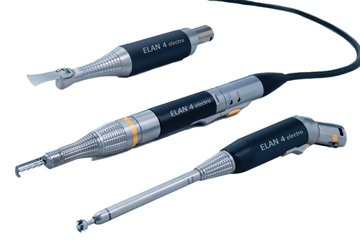
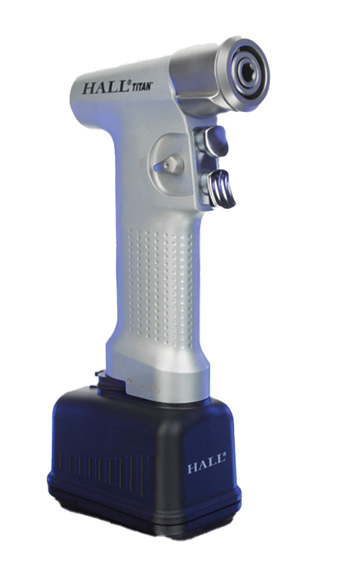
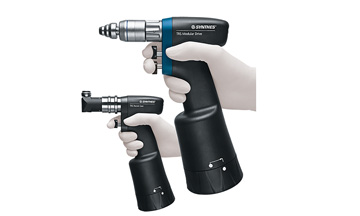
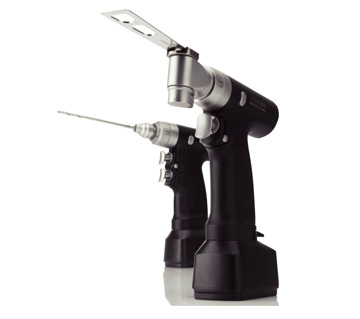
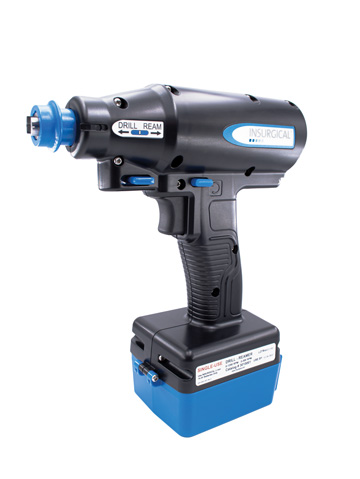
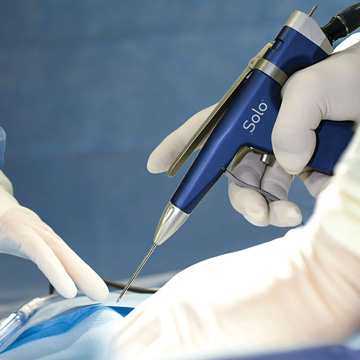
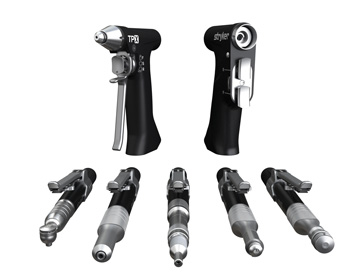
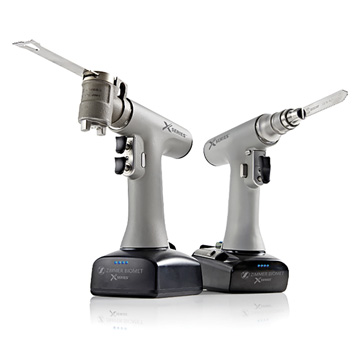
.svg?sfvrsn=56b2f850_5)